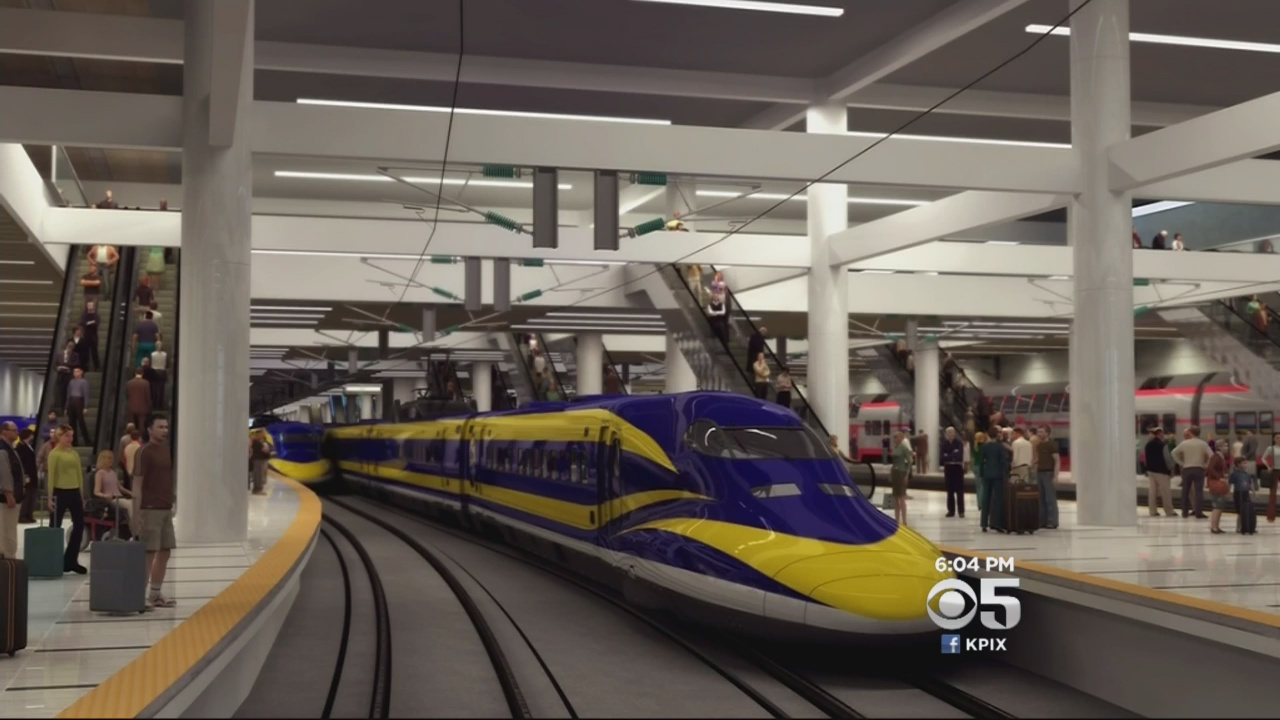One of Gavin Newsom’s first decisions as California’s governor was to cut the $77 billion high-speed rail project to a 120-mile trek connecting Merced to Bakersfield. However, despite shrinking the massive expectations of linking San Francisco, Sacramento and Los Angeles, the budget remains entirely overblown. According to Stanford University’s Hoover Institute, the 120-mile track will still cost taxpayers an estimated $20 billion.
Despite the high-speed rail becoming one of the most prominent political topics, often seeping into the backdrop of Californian life like our state’s drought and infrastructure problems, when one considers the numbers, the high-speed rail’s financial abuse approaches criminal.
HISTORY OF THE HIGH-SPEED RAIL
The story of the high-speed rail is one of uncontrolled, ballooning costs. According to the original business plan for 2000, the high-speed rail would cost about $25 billion. Eight years later, the 2008 business plan estimated the high-speed rail would cost about $33.6 billion. By 2009, the business plan suggested it would cost $45 billion to construct the high-speed rail. In 2012, the business plan now estimated that it would cost between $65.4 to $74.5 billion, with the cumulative year of expenditure capital cost estimated at $98.1 billion. Within the span of 12 years, the cost for building the high speed rail increased by 400 percent.
By 2018, the business plan’s estimated costs appears to have leveled out to $68.9, with the cumulative year of expenditure capital cost estimated between $63 and $98.1 billion.
This all changed under California’s new governor, Gavin Newsom. Instead of continuing the plan to build the high-speed rail, he said, “Let’s be real… The current project, as planned, would cost too much and take too long.” Under his new proposal, the high-speed rail would not connect San Francisco, Sacramento or Los Angeles, but rather would connect Merced to Bakersfield.
THE PROBLEM?
The problem may seem to lurk behind the grand numbers. But let us provide a comparison. Newsom’s newest proposal to build about 20 percent of the originally planned high-speed rail, or about 120 miles to connect Merced to Bakersfield, is about as expensive as it was originally estimated to build about 540 miles of the high speed rail, or connect San Francisco to Los Angeles.
However, this still may not strike you as odd, so let us use another analogy. At the current project costs by Stanford’s Hoover Institute, the 120 miles will cost about $20 billion, or $31,000 per foot of rail. If you were a Biola student, you could pay four years of tuition with some money
left over if you laid six feet of rail—or a section of rail about the size of three computer desks.
SUNK COST FALLACY
While many have continued to support the high-speed rail project, even the new plans to connect Merced to Bakersfield, we should show concern for how we are thinking about it. Too often, we look at time invested or money lost to evaluate if we should continue to devote time and heap money onto the fire. But it is these sorts of fallacies that stop us from making the right decision. When considering whether a project should be pursued or a course of action recommended, the amount of time lost or money wasted is not a contributing factor—it is a question of success. It is not only a virtue to know when to push on through—it is also a virtue to know when to quit.
We need to realize that California must put the high-speed rail to rest, accept the financial loss and reinvest what is left into California’s deteriorating infrastructure.








